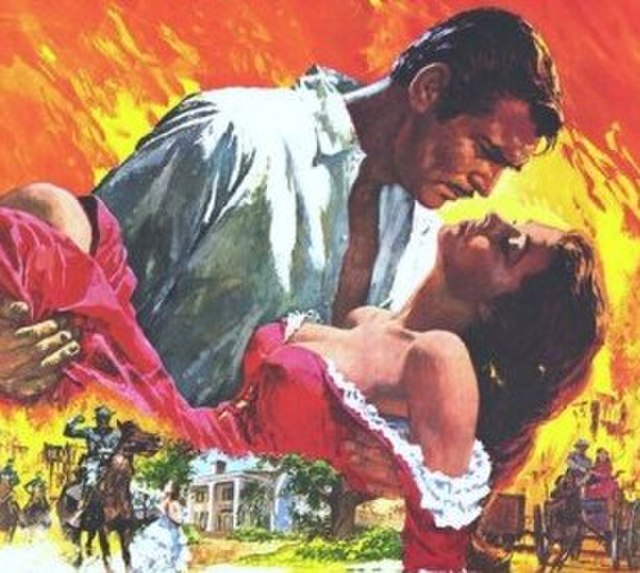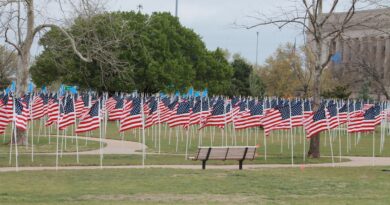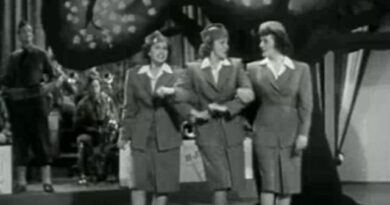Is it Censorship or Modernization? Changes to Classic Works from the ’60’s, ’50s, and Earlier

There has been a lot of talk in recent years about cancel culture and censorship. This is because as we look at past works through a modern lens, much of the language and the depictions of characters are outdated and sometimes offensive. The question, however, is whether older works should be updated for younger audiences today or left as-is to stand as an ahistorical marker of where we came from.
In recent years, we’ve seen decisions from streaming platforms to address classic films with problematic scenes. This included Gone with the Wind being temporarily removed from streaming and later placed back with a warning about racial stereotypes. Disney+ also removed films like Peter Pan and Dumbo from children’s profiles for similar reasons.
Recently, however, some entertainment outlets have taken to altering the works themselves. It was announced, for example, that several classic Roald Dahl books were going to be re-released with some altered language. The changes involved removing words like “fat,” “ugly,” and “female.” The idea behind the decision was to make the stories “more accessible” to modern audiences with different sensibilities.
While these were not massive rewrites and included minor changes like referring to the Oompa Loompas as “little people” instead of “little men,” many fans of the original works were upset about edits to Dahl’s writing. This led to the publisher announcing the release of classic unaltered versions. This begs the question, are changes to original works an example of progress or cancel culture gone too far? Tell us what you think in the comments.
We celebrate the works of the past on our blog and honor those who lived and sacrificed through important moments in American history. If you are not following us on Facebook and Twitter, now is the time to join the discussion. While you are here, please take a moment to sign our petition to give back to those who gave the most during World War II and the Korean War.



